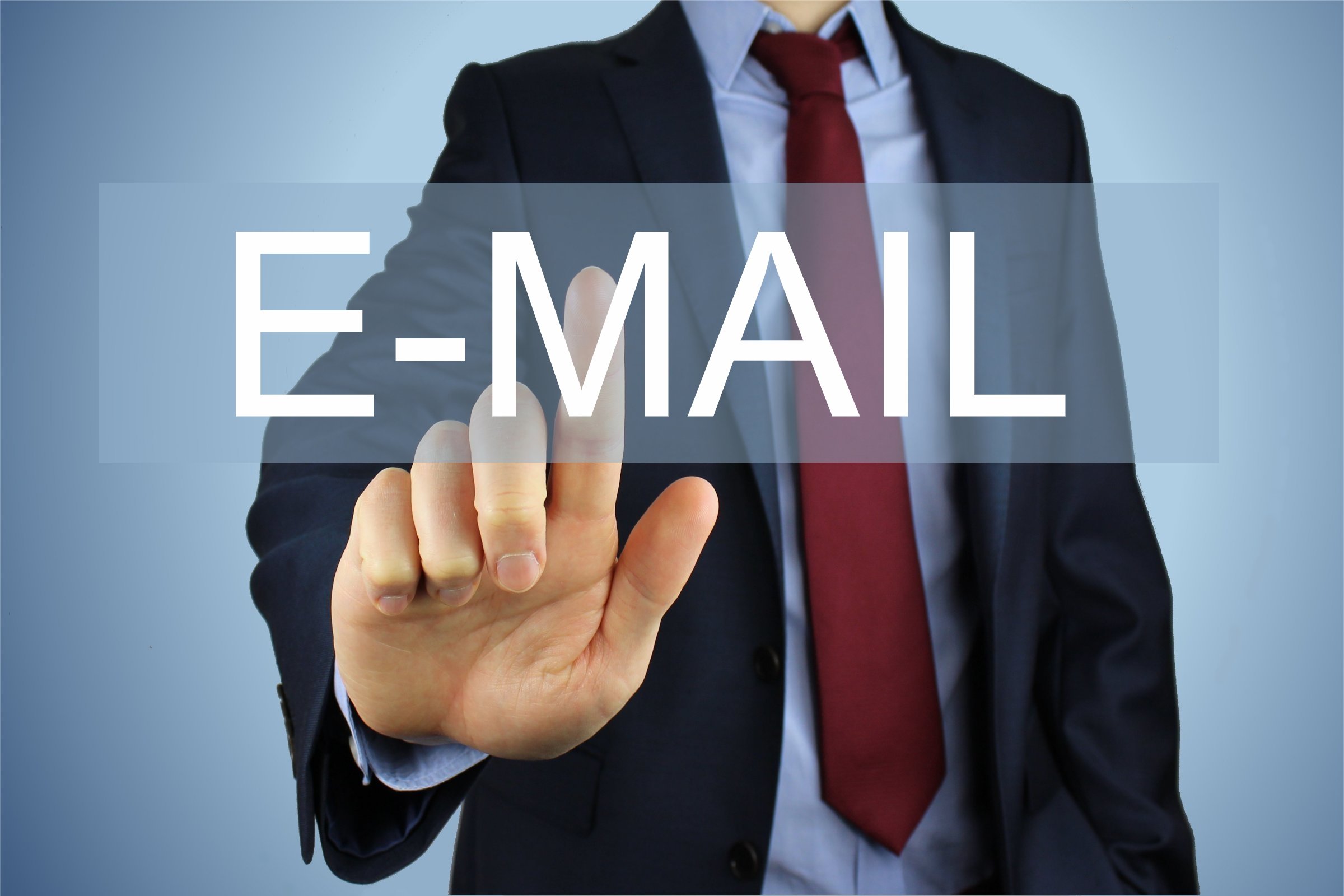Introduction
In an era dominated by digital communication, email remains a cornerstone of professional interaction. Whether you are reaching out to colleagues, clients, or potential employers, mastering email etiquette is crucial for building trust, conveying clarity, and showcasing professionalism.
Why Email Etiquette Matters
Email is not just a means of communication—it is a reflection of your professional image. A well-crafted email can open doors and foster meaningful relationships, while a poorly written one may lead to misunderstandings or missed opportunities. In today’s fast-paced, digital landscape, effective email communication is more important than ever.
Key Elements of Modern Email Etiquette
1. Clear and Concise Subject Lines
Your subject line is the first thing a recipient sees. Make sure it succinctly summarizes the content and purpose of your email. Avoid generic phrases like "Hello" or "Update" and opt for something specific like "Meeting Agenda for March 20th" or "Feedback Request: Q1 Project Report."
2. Professional Greetings
Start your email with a courteous greeting. Using the recipient’s name when possible adds a personal touch while maintaining professionalism. For example, "Dear Mr. Smith," or simply "Hi Jane," can set the right tone.
3. Structured and Concise Content
Keep your emails brief and organized. Use short paragraphs, bullet points, or numbered lists to break up text and highlight key information. This makes your message easier to read and understand.
4. Appropriate Tone and Language
Adopt a tone that is both respectful and professional. Avoid slang, overly casual expressions, or emoticons unless you are certain they fit the context. Always tailor your language to suit the recipient and the purpose of your email.
5. Clear Call-to-Action
Let your recipient know exactly what you need from them—be it a reply, a meeting confirmation, or feedback on a document. A clear call-to-action helps avoid ambiguity and speeds up the response process.
6. Polished Sign-Offs and Signatures
Close your email with a professional sign-off such as "Best regards," or "Sincerely," followed by your full name, title, and contact information. A consistent signature reinforces your professional identity.
Common Pitfalls to Avoid
- Overusing CC/BCC: Include only the necessary recipients to avoid clutter and potential breaches of confidentiality.
- Neglecting Proofreading: Typos and grammatical errors can undermine your credibility. Always review your email before sending.
- Inappropriate Use of Reply All: Use "Reply All" sparingly to avoid unnecessary emails and to respect the recipients' inboxes.
- Overloading with Attachments: Ensure attachments are essential and appropriately named. Mention them in the body of the email.
Adapting to a Multicultural Digital World
In a globalized business environment, be mindful of cultural differences in communication styles. Adapt greetings, expressions, and formality to suit international audiences, and avoid idioms that might not translate well across cultures.
Best Practices for Follow-Up Emails
Timely follow-ups are key to maintaining momentum without coming across as pushy. If you do not receive a response within a reasonable timeframe, send a brief, polite reminder that reiterates your original message.
Conclusion
Mastering email etiquette is an indispensable skill in the digital age. By crafting clear, respectful, and well-structured emails, you not only enhance your professional image but also contribute to more effective and meaningful communication. Embrace these practices, and watch as your digital correspondence opens new doors and strengthens your professional relationships.
Additional Resources
For further insights into modern communication and professional writing, consider exploring these resources:
- Inc.com – Articles on business communication strategies.
- Harvard Business Review – Research and insights on professional communication.
- Business Insider – Tips and trends in digital communication.
